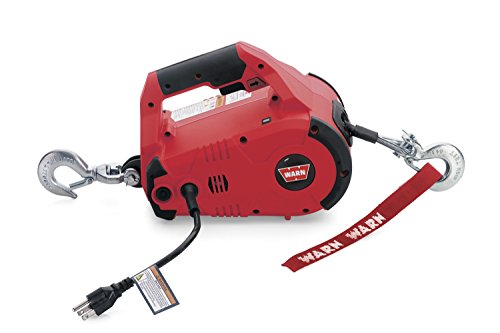- Joined
- Dec 3, 2009
- Messages
- 11,030
- Reaction score
- 297
- Location
- Kingsport, Tennessee
- My Bike Models
- Former '82 GL1100 "The Slug"
My '82 was pretty much a rusted barn find when we got her in '07. Have done a tremendous amount of work restoring the old girl and making lots of modifications along the way. One of the things I did not know about was the '82 had self cancelling turn signals. Much to my chagrin (and mostly to not knowing any about GL1100's before we started tearing her down) I pretty much killed the system by removing all of the functioning parts.  :cheeky:
:cheeky:
Over this past twelve months or so, I have been accumulating the parts needed to get this system functioning again! :yahoo:
Most of the parts we used to get the old girl on the road were from a wrecked '81. I had to go out and get a new speedometer with the '82 parts for the speed sensor, bank angle sensor, wiring, left side controls with the self cancelling device and a replacement '82 triple tree. So....here is the build........ opcorn:
opcorn:
Over this past twelve months or so, I have been accumulating the parts needed to get this system functioning again! :yahoo:
Most of the parts we used to get the old girl on the road were from a wrecked '81. I had to go out and get a new speedometer with the '82 parts for the speed sensor, bank angle sensor, wiring, left side controls with the self cancelling device and a replacement '82 triple tree. So....here is the build........


















































